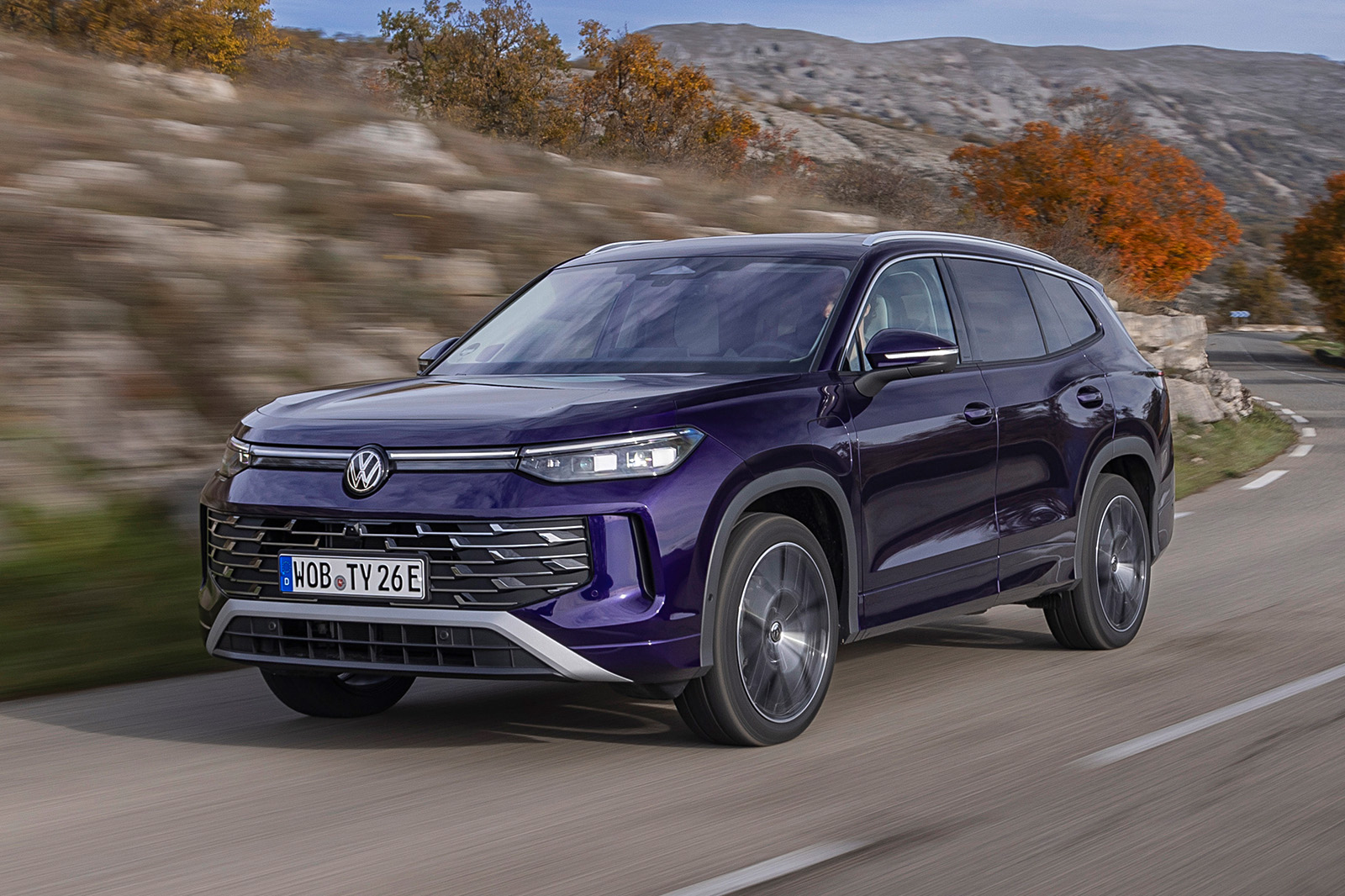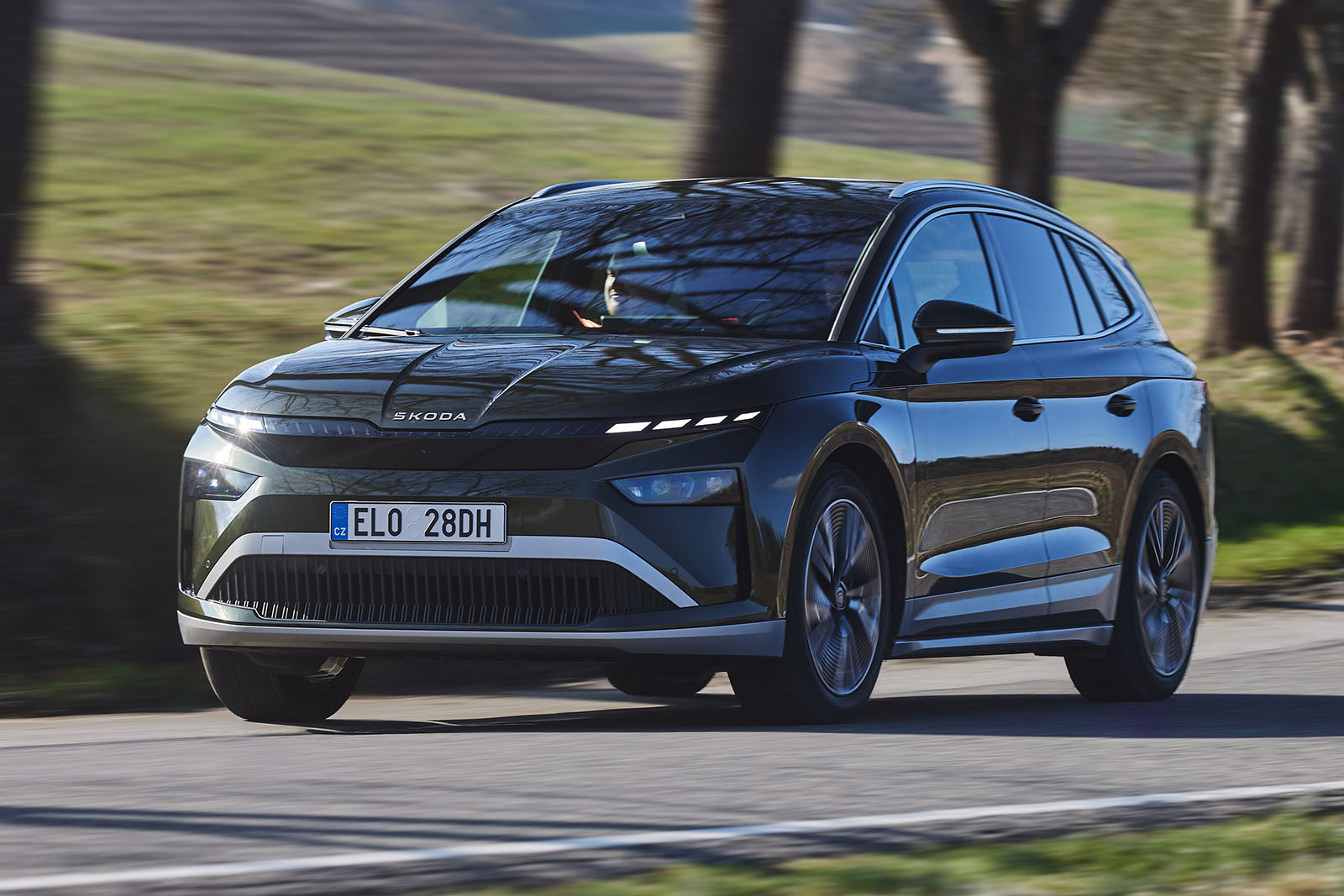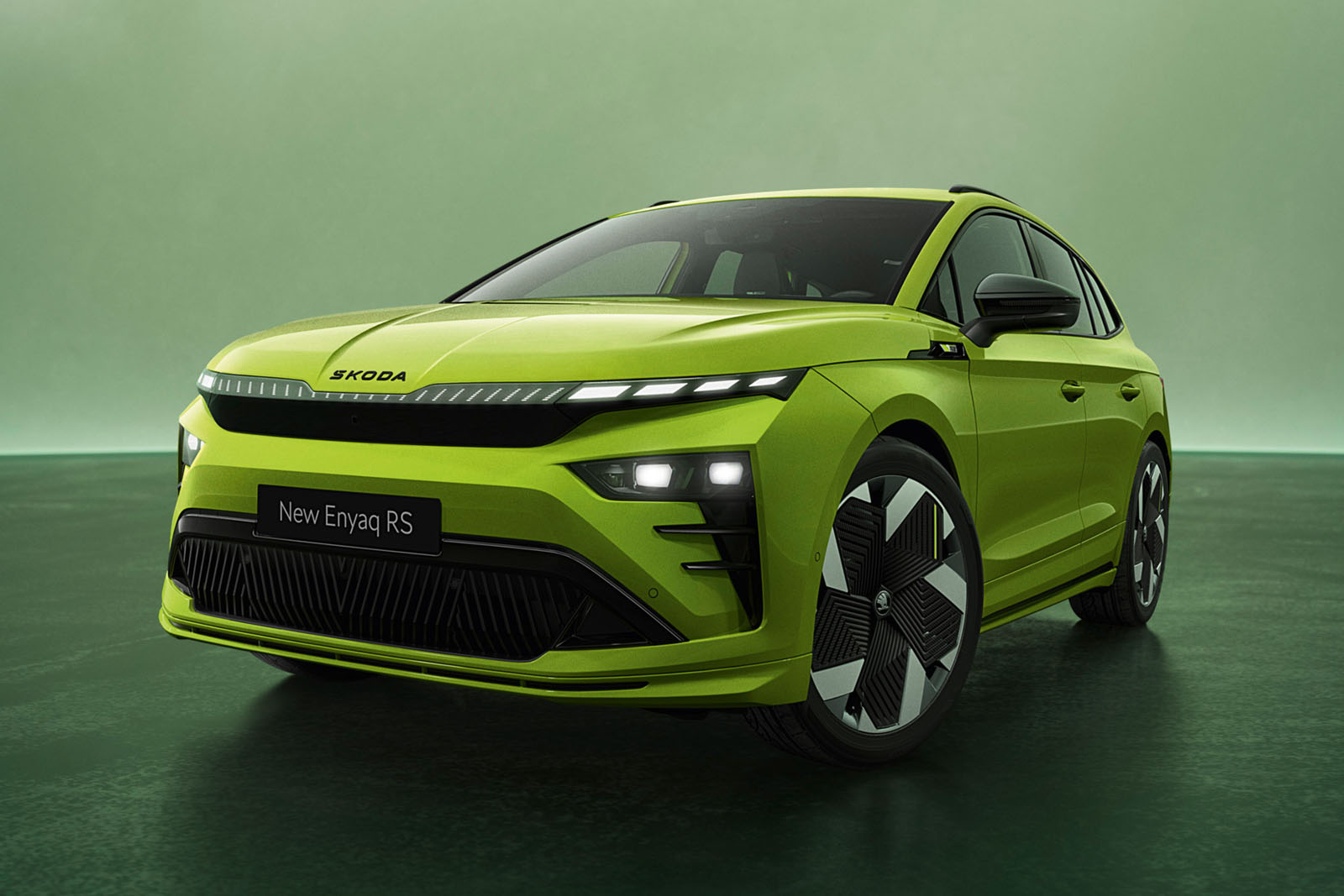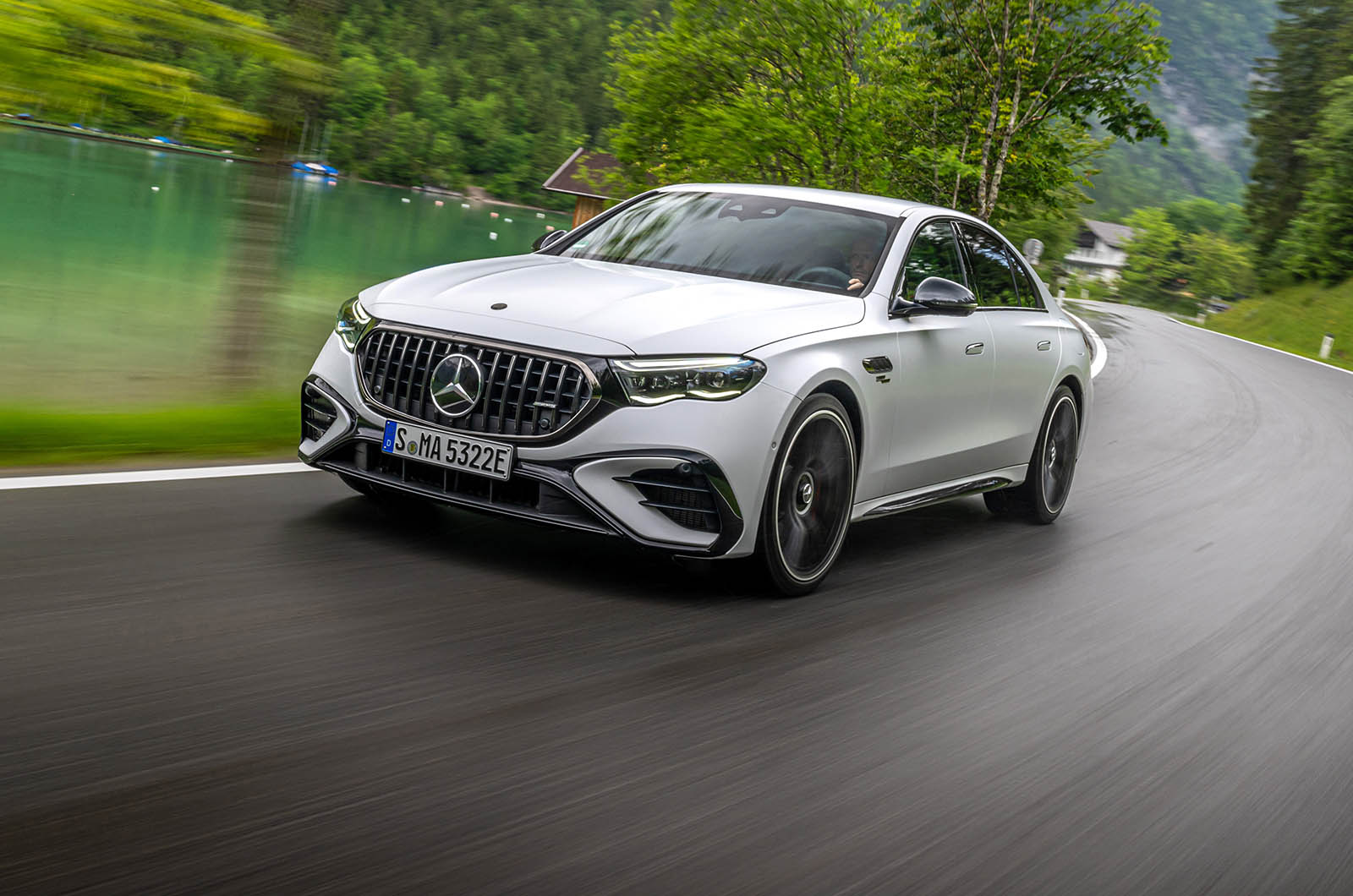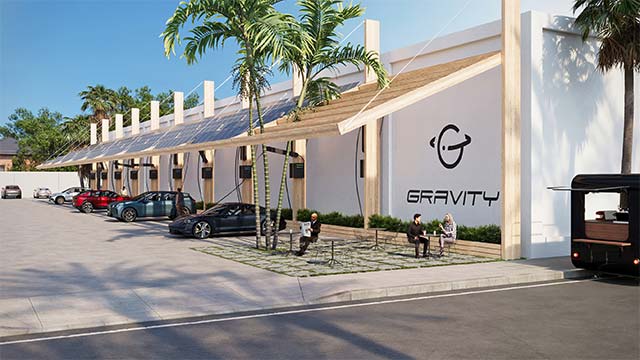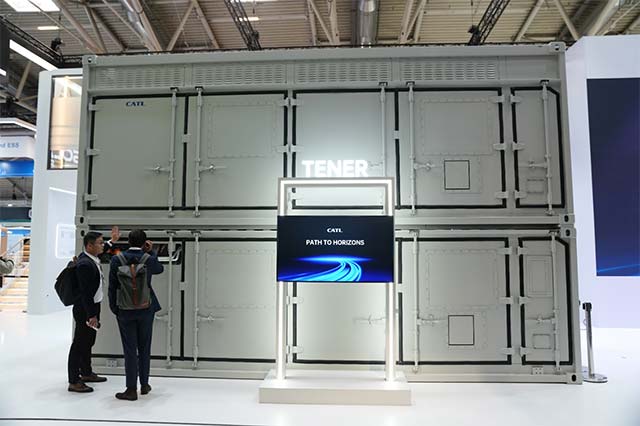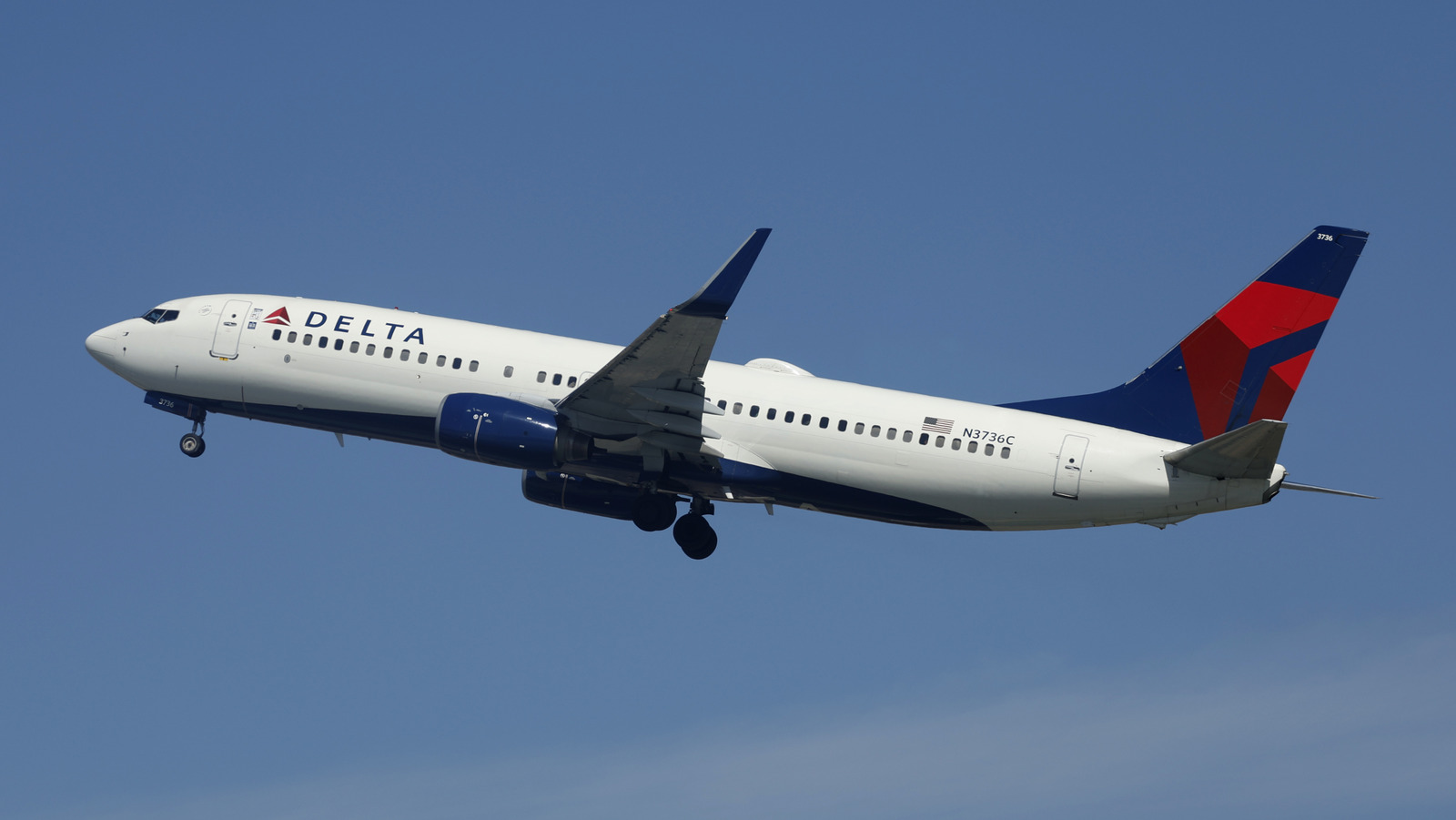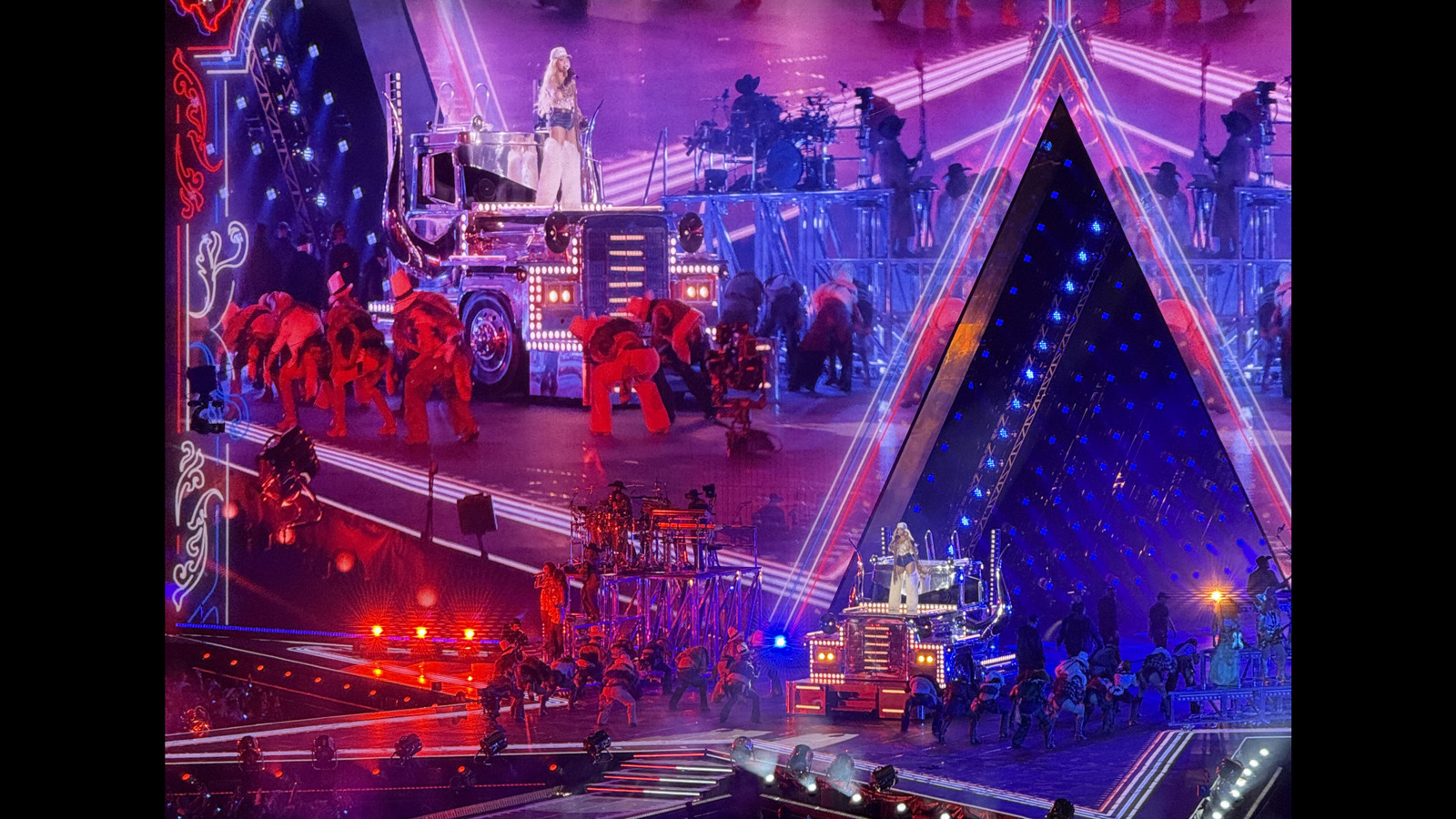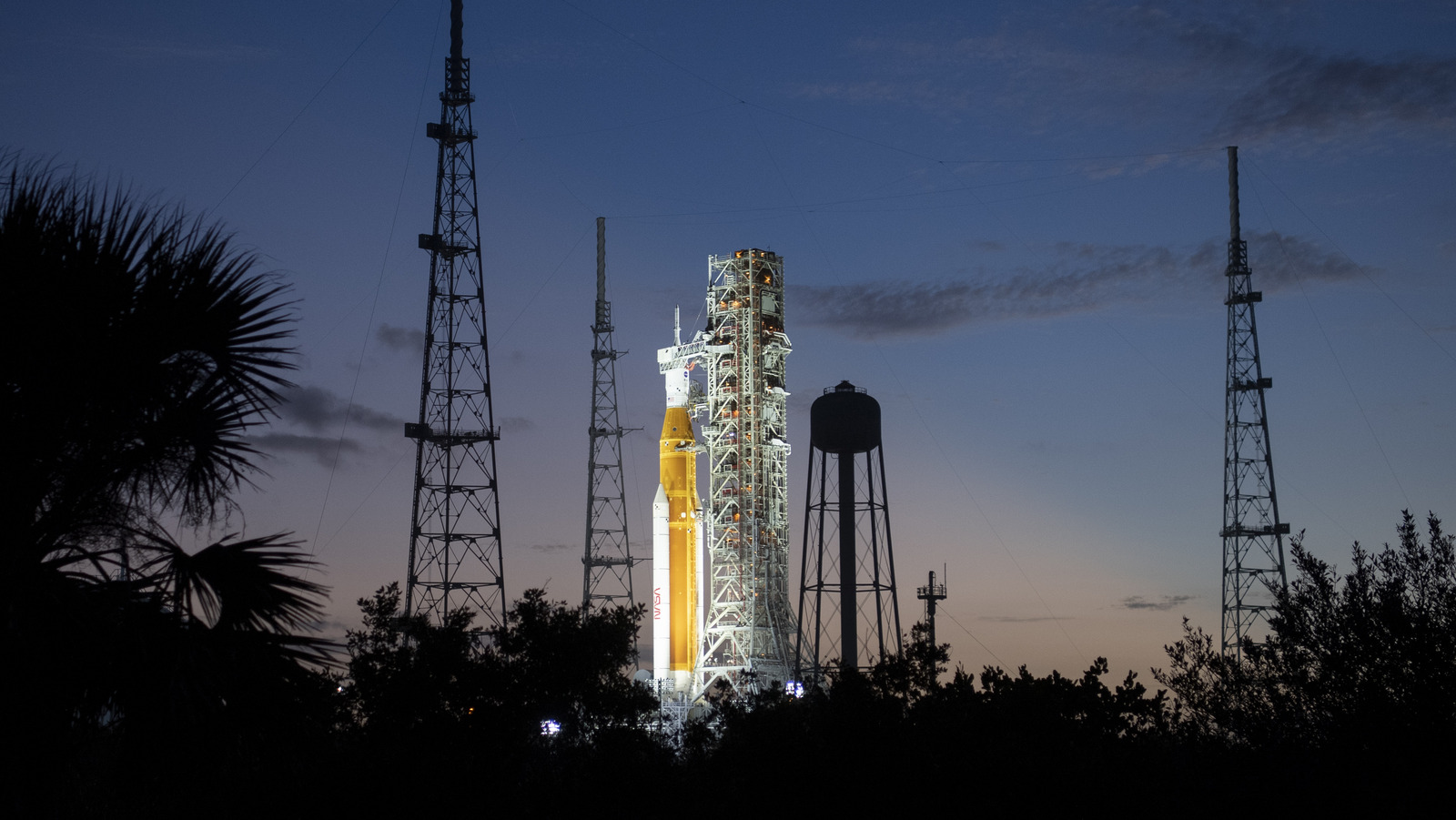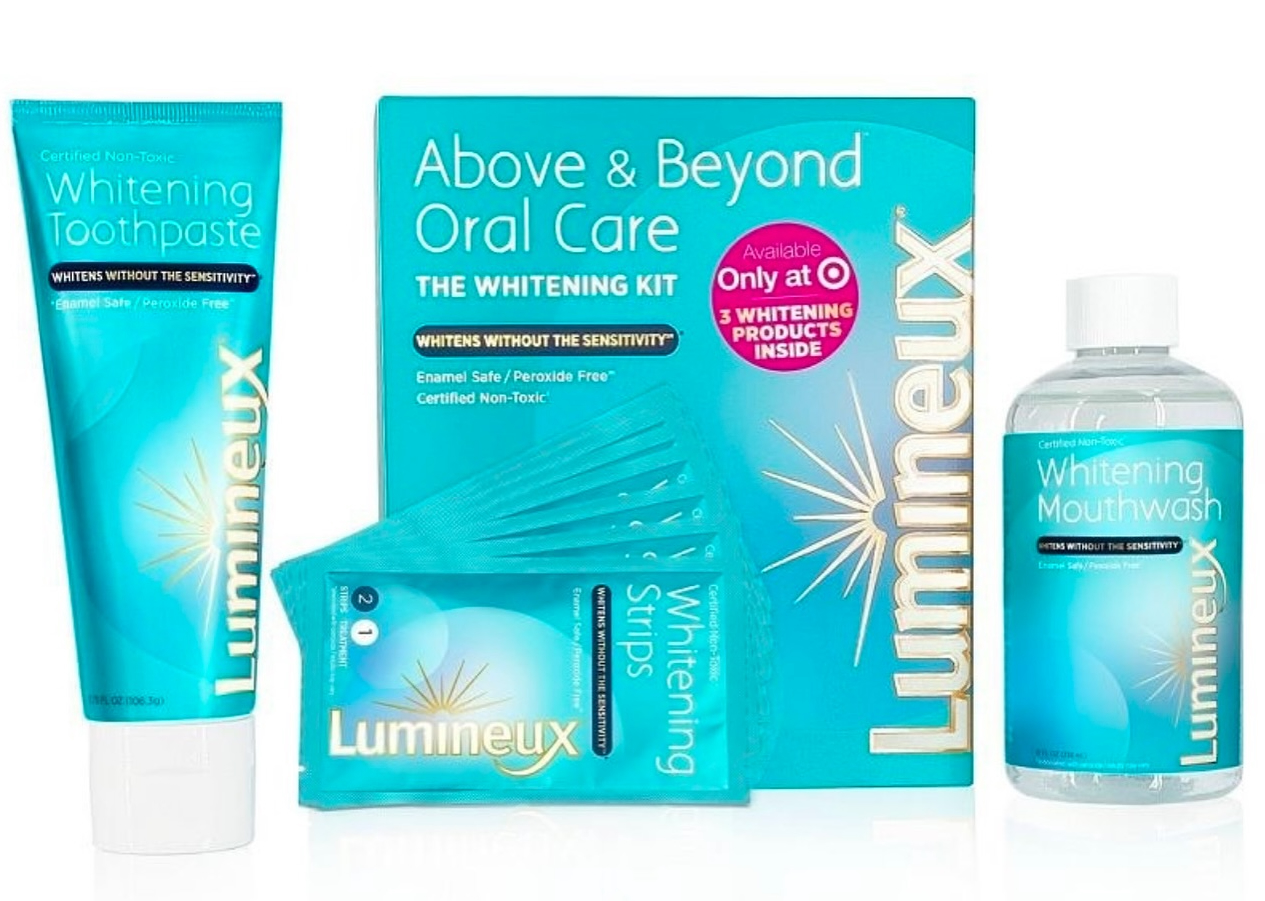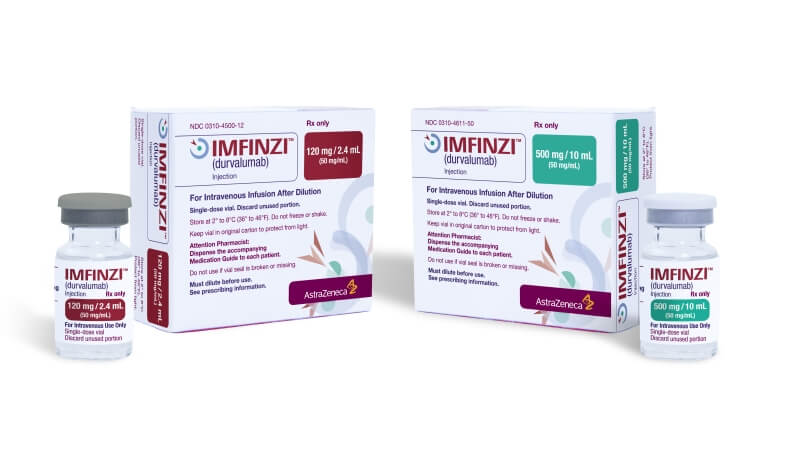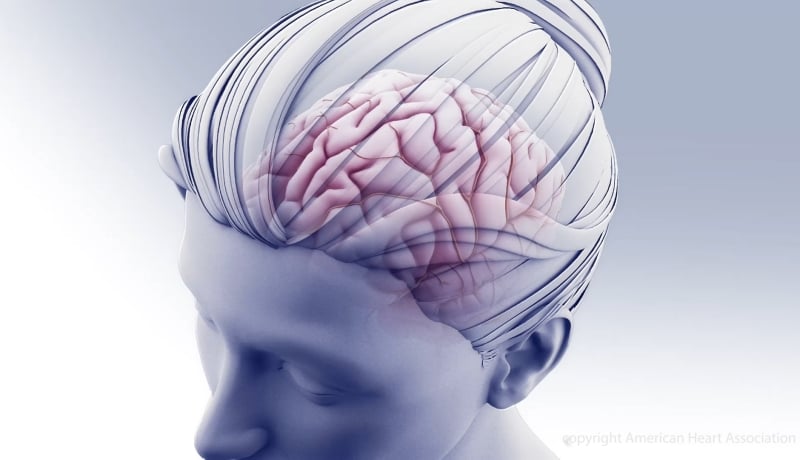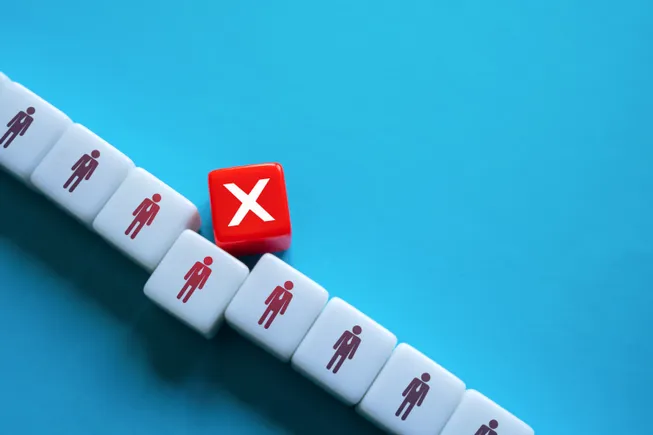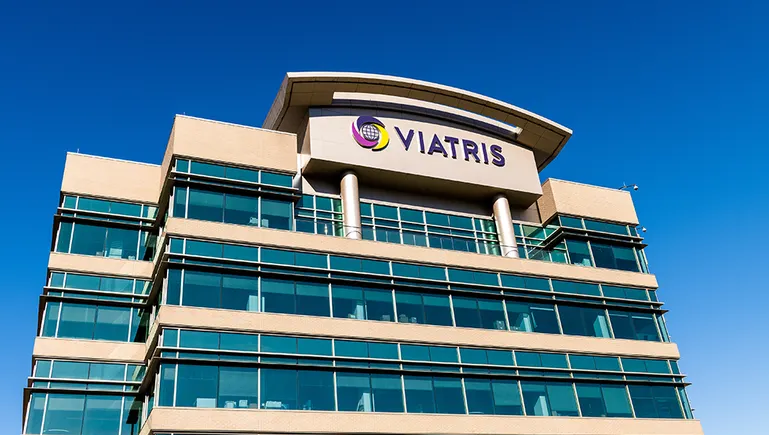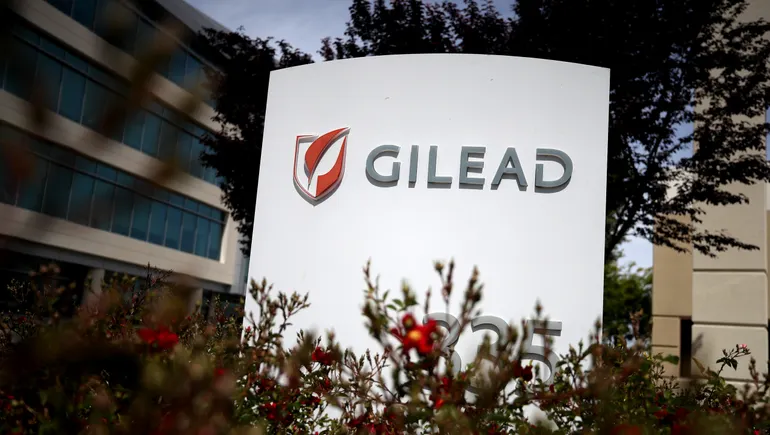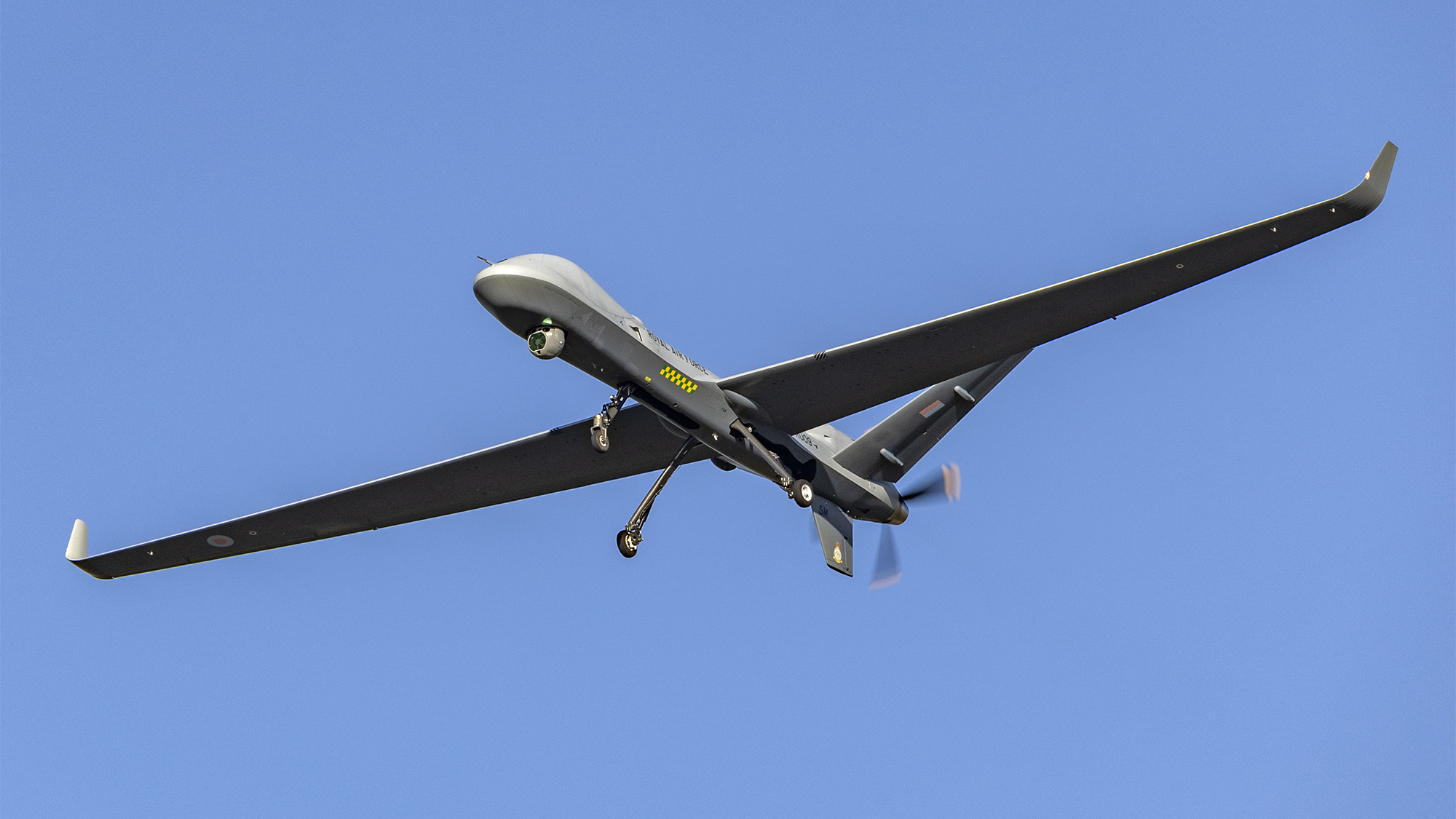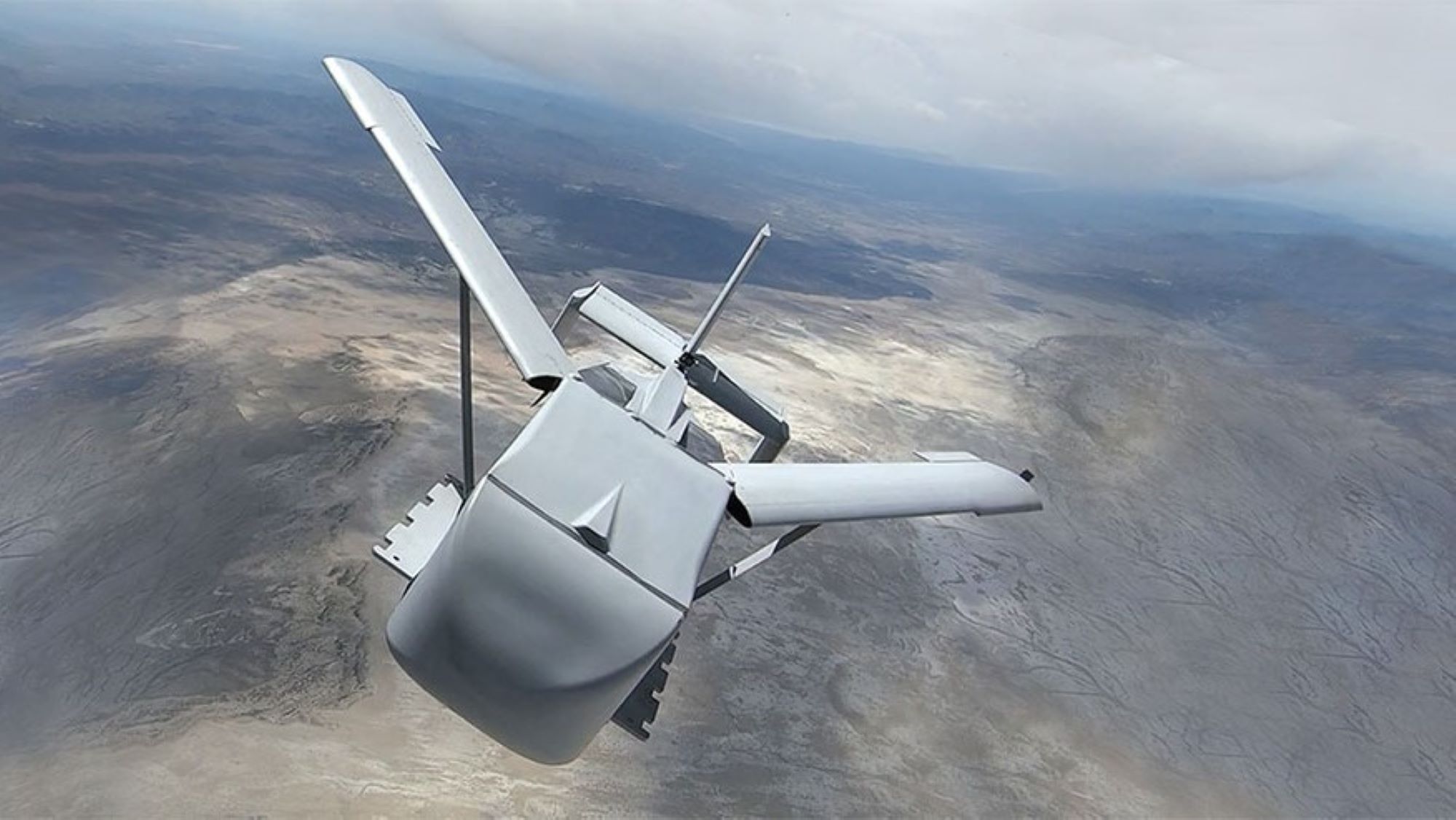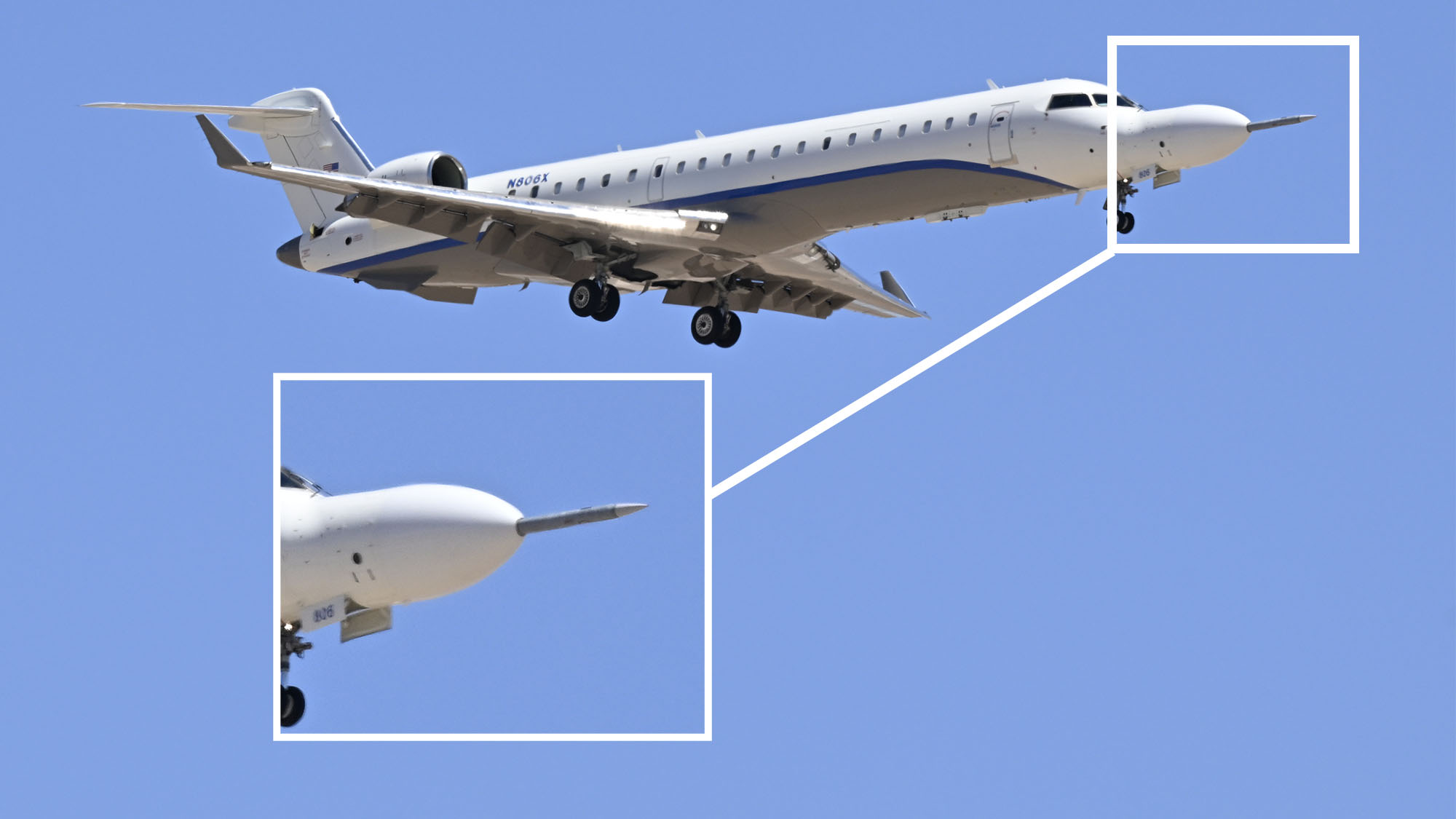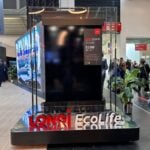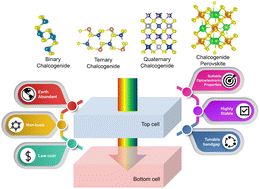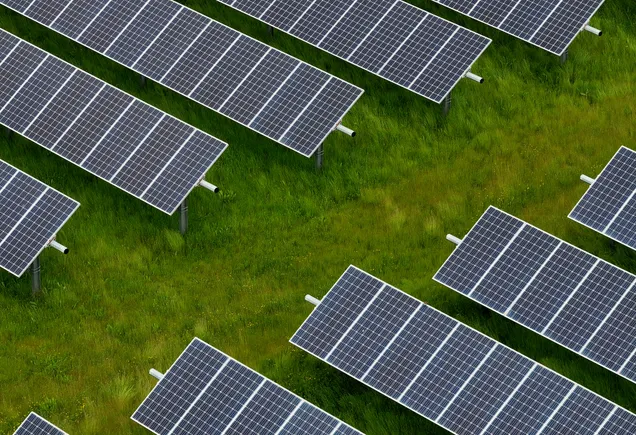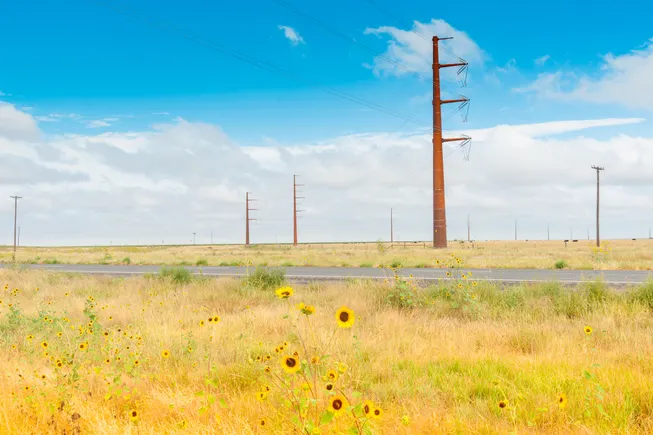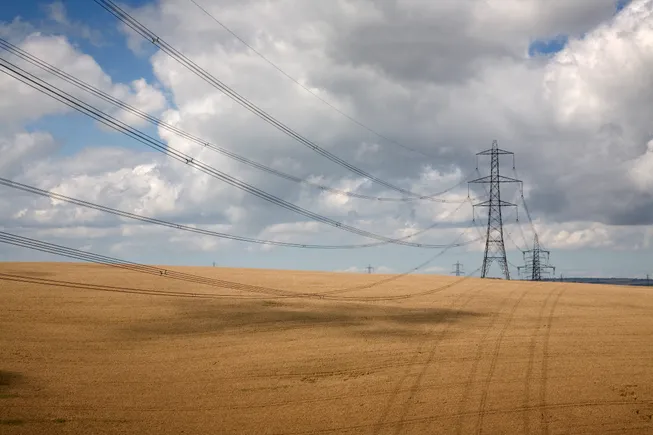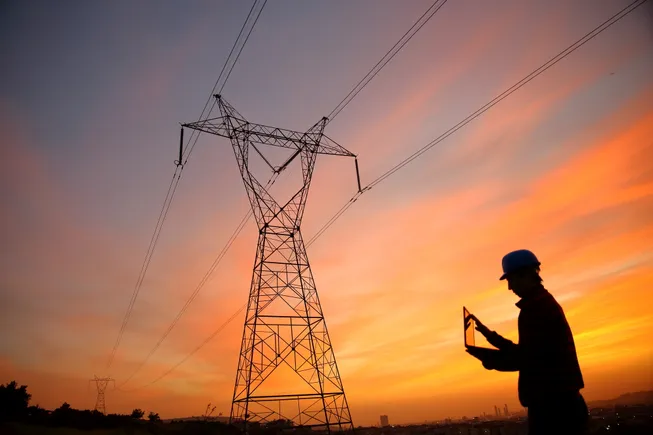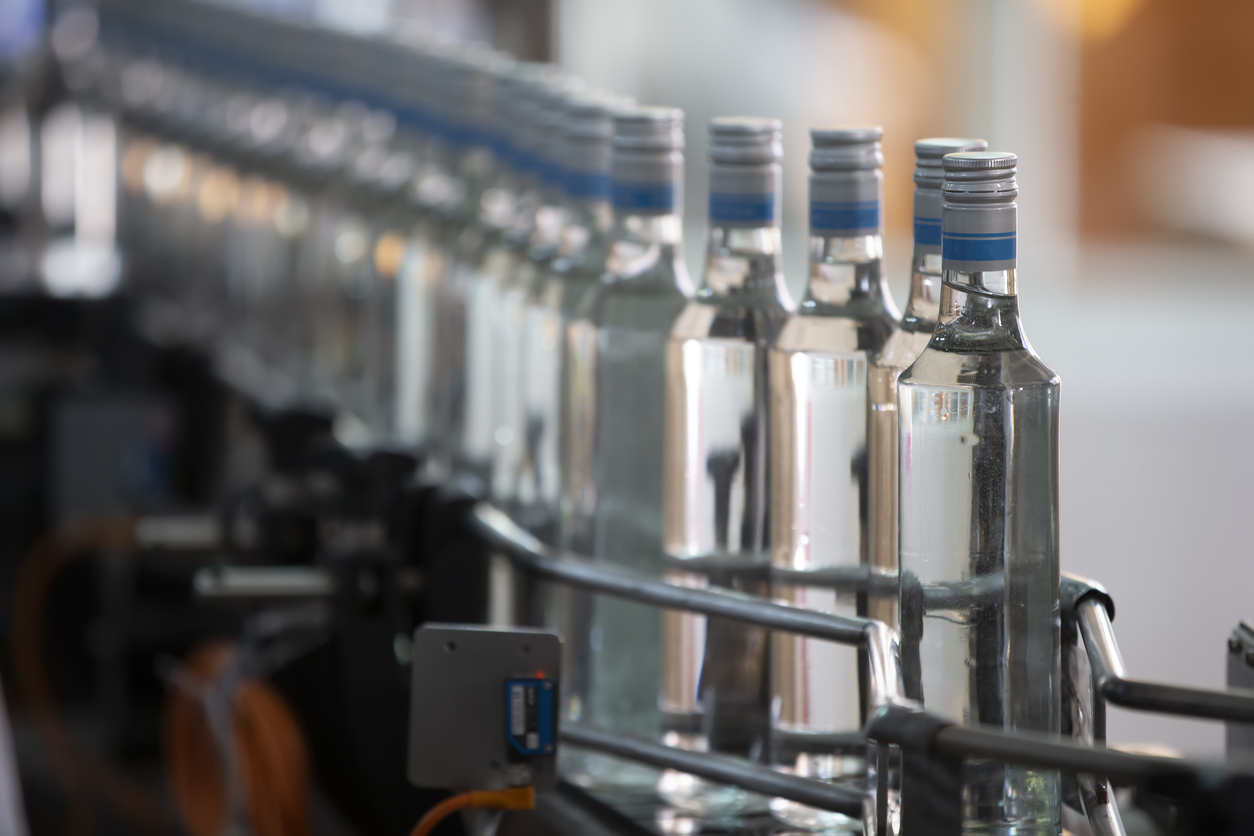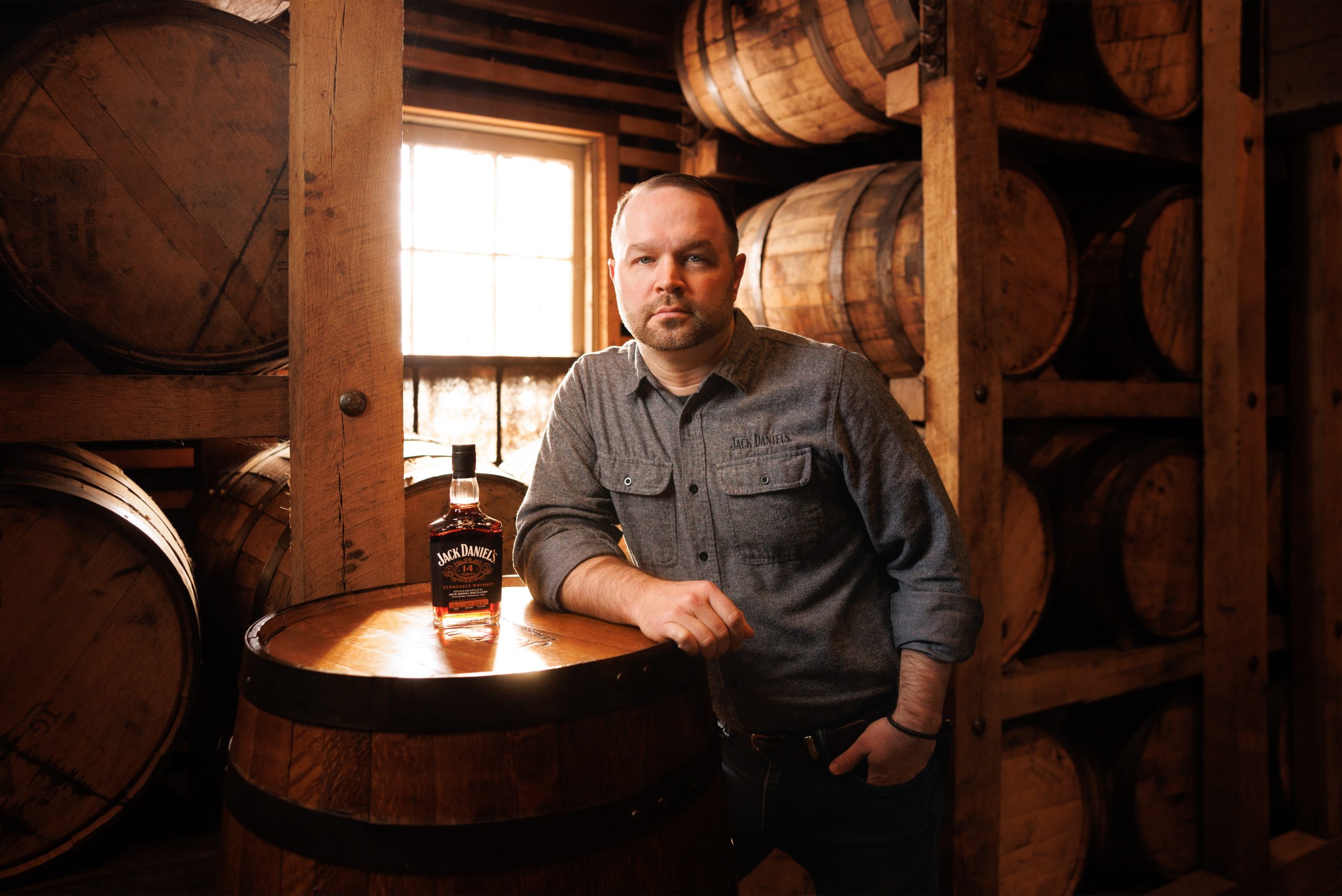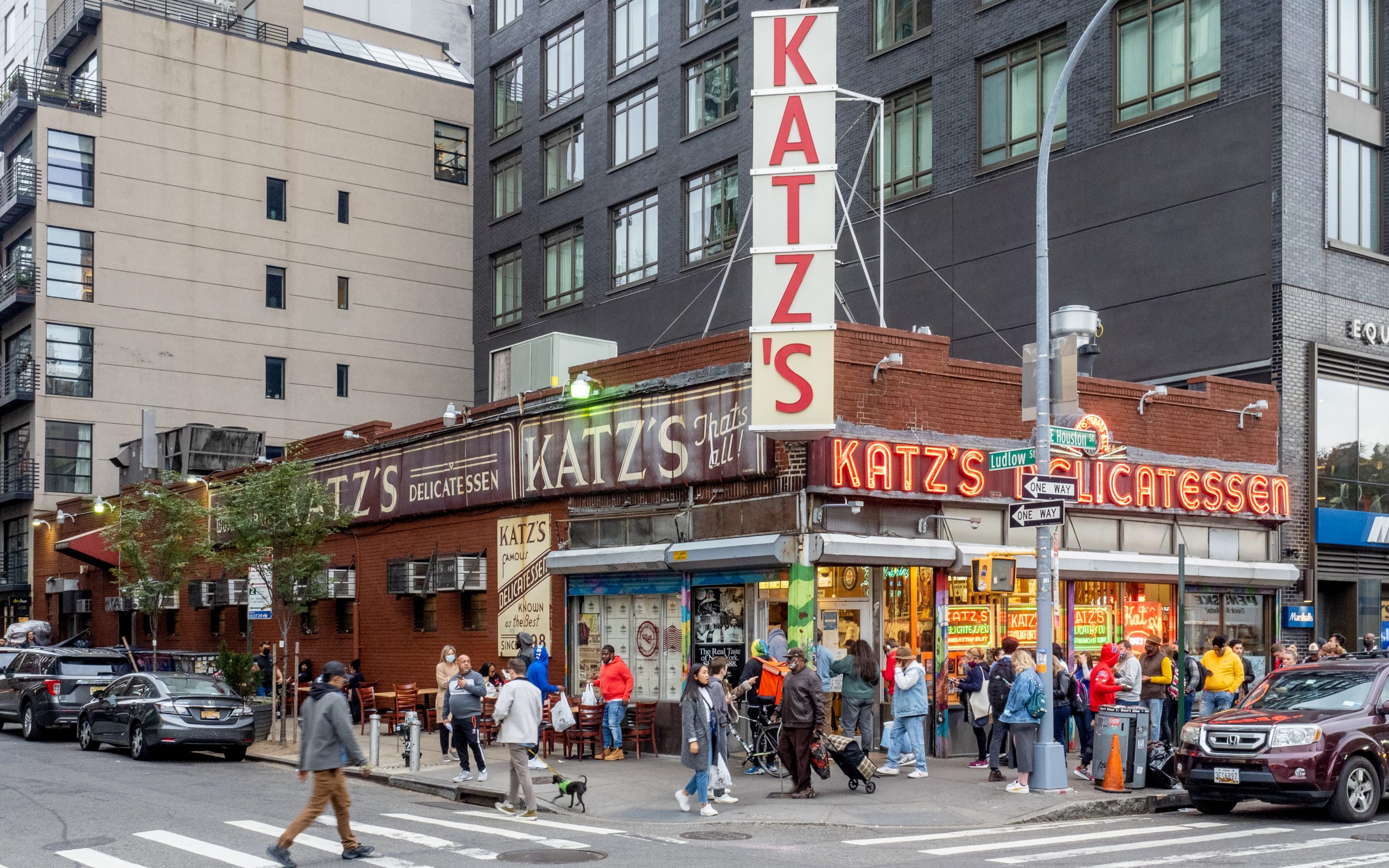Zero-alcohol wines are now outperforming their low-alcohol counterparts as consumer preferences evolve rapidly. With innovation accelerating and major producers investing in premium offerings, the future of alcohol-free wine is increasingly sparkling.
For years, the wine industry has worked towards developing the technology necessary to produce a low ABV wine in hopes of finding a balance between moderation and quality. Progress has been made, but consumer demand is now shifting towards zero-alcohol options altogether, which are outperforming the low ABV market.
In the UK, the overall
no and low alcohol market is expected to have more than doubled in 2024 compared to 2023, and to grow at a rate of 7% CAGR through 2028, according to the
IWSR. But for wine, the real change has been the split: while low-alcohol wine sales dropped by 5% in 2024, no-alcohol wine sales rose by 8%, with growth attributed to the zero sparkling category.
According to Kantar, spend on non alcoholic sparkling wine grew 3.5% in the 52 weeks to 20 April this year compared with the same period in 2023/24, while spend on non alcoholic still wine declined by 1.8% over the same period. There’s been a notable shift towards more premium options, too. “No-alcohol wine is dominated by value-oriented legacy brand-lines,” the IWSR noted in January. “Standard and premium brands are growing faster and are the source of greater levels of innovation, but from small bases.”
Premiumisation and innovation drive category momentum
Underlining this shift, last month, Mentzendorff added its first ever zero alcohol wine, Beau Viva – a 0% rosé fizz from Provence producer AIX – to its portfolio. “We have over the last eighteen months looked at a number of non-alcoholic sparkling wines as we felt it fitted well with our category expertise,” explains Justin Liddle, Menzendorff’s managing director. “We didn’t quite find the right partner until AIX announced their plans. I would like to think this will become a larger category for us in the future and complement our existing portfolio.”
Argentina’s Catena has also entered the fray, launching its first no and low alcohol wines this year after four years of research, all sparkling. Spearheaded by Mendoza-born winemaker Agustín Silva, five no and low wines have been released under the Domaine Elena de Mendoza label. They include two zero ABV drinks made with a base of Chardonnay grape juice infused with botanicals and injected with gas, ‘Blonde’ and ‘Brunette’, and two are 7% ABV sparkling wines made from Chardonnay – Uco Mineral and Uco Stones – mirroring the producer’s premium Adrianna range.
All four are made using verjus – non-alcoholic juice made from unripe Chardonnay grapes from the Uco Valley – a method used to give greater acidity and mouthfeel to help counteract the lack of alcohol. The fifth is a sparkling zero ABV de-alcoholised rosé made in Spain with Airen grapes grown in La Mancha, made using vacuum cold distillation. “This is a technology that conserves energy, that does not waste a tonne of water like most of the technology for traditional winemaking, and we believe that the product, made from Airen grapes with some rose petals and strawberry additives, is really good,” explains Laura Catena, fourth-generation winemaker.

Zero alcohol fizz is flying. Could zero still wines ever match their enthusiasm? Technology is a huge part of the equation, with de-alcoholisation methods for still wines harder to perfect than in sparkling. For Catena, the technology needed to produce de-alcoholised still wines that deliver on taste just doesn’t exist yet. “We spent about four years on this – we’ve tasted everything that's out on the market, and we find that the still wines are not that good,” she says. “Some of the white wines are acceptable, but we were looking for something that would be at least 70% as good as an alcoholised wine, and we have only found that for sparkling wines that are either de-alcoholised or have grape juice with botanicals. That’s why we’ve created products that come from de-alcoholised Airen – we tasted something great in Spain.” De-alcoholisation technology in Argentina is still not fully permitted by the country’s National Institute of Viticulture (INV), and access to the technology remains a challenge; hence, Catena’s choice to outsource production of this wine to Spain.
Sparking optimism in the sector’s future
For now, Catena believes the future of no and low wines lies firmly with fizz. Liddle, too, feels there’s a way to go before Mentzendorff would consider adding a zero ABV still wine to its portfolio. “Technology is moving very fast in [sparkling] and quality, flavour and feel are improving all the time,” adds Liddle. “Still wines have a bit further to go in my view, but I am constantly impressed with the progress being made.”
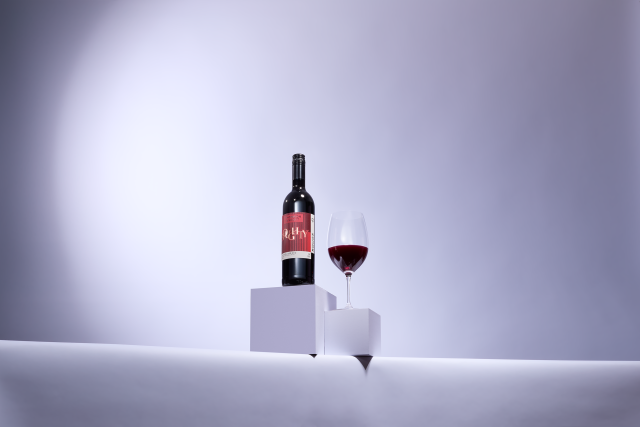
Some would disagree. Noughty, which launched its zero alcoholic fizz in 2019, relaunched its zero still wine range earlier this year, targeting a more premium consumer with wines retailing at £10-12 in the UK off-trade. “Leading a new category at the premium level is a huge challenge as most people have a highly negative perception of non-alcoholic wine if they haven’t tasted since the old days of legacy alcohol-free that was not made for wine lovers but as a cheap afterthought,” says Amanda Thomson, Noughty’s co-founder, adding: “There’s no doubt our side that’s there a huge growth opportunity for Noughty stills.”
Bordeaux’s Chateau Edmus in St Emilion released 1,200 bottles of Zero Edmus – a 0% abv still wine made from Merlot and Cabernet Franc – in 2024. The de-alcoholised wine is made using a process of reverse osmosis to reduce the alcohol and the addition of grape must and gum arabic to create more mouthfeel and sweetness. At €45 (£55), it’s the most expensive de-alcoholised wine on the market, so far.
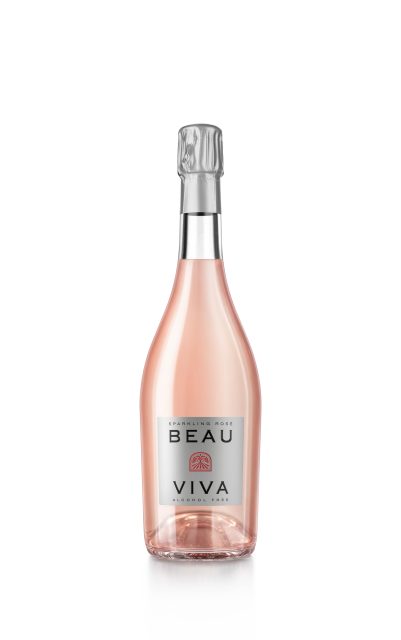
It’s fitting that Laurent David, co-owner of Château Edmus, is also president of La Wine Tech, a Bordeaux-based wine innovation hub. Spain’s Familia Torres, one of the earliest adopters of 0% wines, is also pushing harder to improve zero and low ABV wines. Earlier this year it confirmed €6 million of investment in a new winery dedicated to producing de-alcoholised wine in Penedès, including its Natureo range of de-alcoholised wines, which includes a 0% red, rosé and sparkling. The Natureo brand was launched as a 0.5% ABV wine, but was dealcoholised in 2016 to “broaden its appeal”.
Investment in no and low still wines is continuing and progress is being made, but whether it's sparkling or still, it’s zero options that are currently driving growth.
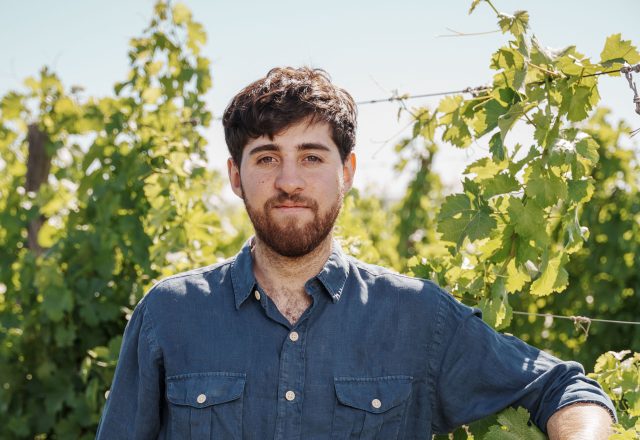
For years, the wine industry has worked towards developing the technology necessary to produce a low ABV wine in hopes of finding a balance between moderation and quality. Progress has been made, but consumer demand is now shifting towards zero-alcohol options altogether, which are outperforming the low ABV market.
In the UK, the overall
no and low alcohol market is expected to have more than doubled in 2024 compared to 2023, and to grow at a rate of 7% CAGR through 2028, according to the
IWSR. But for wine, the real change has been the split: while low-alcohol wine sales dropped by 5% in 2024, no-alcohol wine sales rose by 8%, with growth attributed to the zero sparkling category.
According to Kantar, spend on non alcoholic sparkling wine grew 3.5% in the 52 weeks to 20 April this year compared with the same period in 2023/24, while spend on non alcoholic still wine declined by 1.8% over the same period. There’s been a notable shift towards more premium options, too. “No-alcohol wine is dominated by value-oriented legacy brand-lines,” the IWSR noted in January. “Standard and premium brands are growing faster and are the source of greater levels of innovation, but from small bases.”
Premiumisation and innovation drive category momentum
Underlining this shift, last month, Mentzendorff added its first ever zero alcohol wine, Beau Viva – a 0% rosé fizz from Provence producer AIX – to its portfolio. “We have over the last eighteen months looked at a number of non-alcoholic sparkling wines as we felt it fitted well with our category expertise,” explains Justin Liddle, Menzendorff’s managing director. “We didn’t quite find the right partner until AIX announced their plans. I would like to think this will become a larger category for us in the future and complement our existing portfolio.”
Argentina’s Catena has also entered the fray, launching its first no and low alcohol wines this year after four years of research, all sparkling. Spearheaded by Mendoza-born winemaker Agustín Silva, five no and low wines have been released under the Domaine Elena de Mendoza label. They include two zero ABV drinks made with a base of Chardonnay grape juice infused with botanicals and injected with gas, ‘Blonde’ and ‘Brunette’, and two are 7% ABV sparkling wines made from Chardonnay – Uco Mineral and Uco Stones – mirroring the producer’s premium Adrianna range.
All four are made using verjus – non-alcoholic juice made from unripe Chardonnay grapes from the Uco Valley – a method used to give greater acidity and mouthfeel to help counteract the lack of alcohol. The fifth is a sparkling zero ABV de-alcoholised rosé made in Spain with Airen grapes grown in La Mancha, made using vacuum cold distillation. “This is a technology that conserves energy, that does not waste a tonne of water like most of the technology for traditional winemaking, and we believe that the product, made from Airen grapes with some rose petals and strawberry additives, is really good,” explains Laura Catena, fourth-generation winemaker.

Zero alcohol fizz is flying. Could zero still wines ever match their enthusiasm? Technology is a huge part of the equation, with de-alcoholisation methods for still wines harder to perfect than in sparkling. For Catena, the technology needed to produce de-alcoholised still wines that deliver on taste just doesn’t exist yet. “We spent about four years on this – we’ve tasted everything that's out on the market, and we find that the still wines are not that good,” she says. “Some of the white wines are acceptable, but we were looking for something that would be at least 70% as good as an alcoholised wine, and we have only found that for sparkling wines that are either de-alcoholised or have grape juice with botanicals. That’s why we’ve created products that come from de-alcoholised Airen – we tasted something great in Spain.” De-alcoholisation technology in Argentina is still not fully permitted by the country’s National Institute of Viticulture (INV), and access to the technology remains a challenge; hence, Catena’s choice to outsource production of this wine to Spain.
Sparking optimism in the sector’s future
For now, Catena believes the future of no and low wines lies firmly with fizz. Liddle, too, feels there’s a way to go before Mentzendorff would consider adding a zero ABV still wine to its portfolio. “Technology is moving very fast in [sparkling] and quality, flavour and feel are improving all the time,” adds Liddle. “Still wines have a bit further to go in my view, but I am constantly impressed with the progress being made.”

Some would disagree. Noughty, which launched its zero alcoholic fizz in 2019, relaunched its zero still wine range earlier this year, targeting a more premium consumer with wines retailing at £10-12 in the UK off-trade. “Leading a new category at the premium level is a huge challenge as most people have a highly negative perception of non-alcoholic wine if they haven’t tasted since the old days of legacy alcohol-free that was not made for wine lovers but as a cheap afterthought,” says Amanda Thomson, Noughty’s co-founder, adding: “There’s no doubt our side that’s there a huge growth opportunity for Noughty stills.”
Bordeaux’s Chateau Edmus in St Emilion released 1,200 bottles of Zero Edmus – a 0% abv still wine made from Merlot and Cabernet Franc – in 2024. The de-alcoholised wine is made using a process of reverse osmosis to reduce the alcohol and the addition of grape must and gum arabic to create more mouthfeel and sweetness. At €45 (£55), it’s the most expensive de-alcoholised wine on the market, so far.

It’s fitting that Laurent David, co-owner of Château Edmus, is also president of La Wine Tech, a Bordeaux-based wine innovation hub. Spain’s Familia Torres, one of the earliest adopters of 0% wines, is also pushing harder to improve zero and low ABV wines. Earlier this year it confirmed €6 million of investment in a new winery dedicated to producing de-alcoholised wine in Penedès, including its Natureo range of de-alcoholised wines, which includes a 0% red, rosé and sparkling. The Natureo brand was launched as a 0.5% ABV wine, but was dealcoholised in 2016 to “broaden its appeal”.
Investment in no and low still wines is continuing and progress is being made, but whether it's sparkling or still, it’s zero options that are currently driving growth.
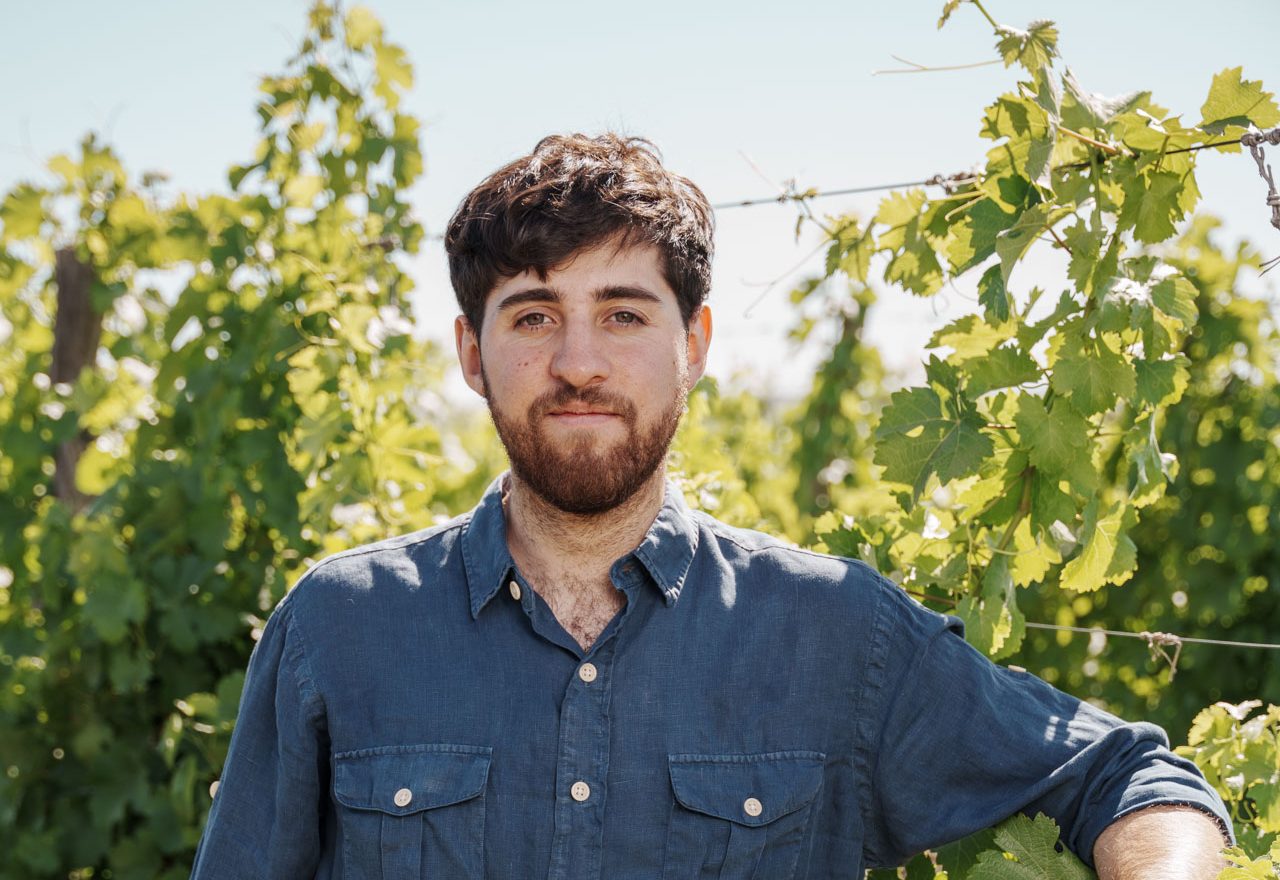
 Zero alcohol fizz is flying. Could zero still wines ever match their enthusiasm? Technology is a huge part of the equation, with de-alcoholisation methods for still wines harder to perfect than in sparkling. For Catena, the technology needed to produce de-alcoholised still wines that deliver on taste just doesn’t exist yet. “We spent about four years on this – we’ve tasted everything that's out on the market, and we find that the still wines are not that good,” she says. “Some of the white wines are acceptable, but we were looking for something that would be at least 70% as good as an alcoholised wine, and we have only found that for sparkling wines that are either de-alcoholised or have grape juice with botanicals. That’s why we’ve created products that come from de-alcoholised Airen – we tasted something great in Spain.” De-alcoholisation technology in Argentina is still not fully permitted by the country’s National Institute of Viticulture (INV), and access to the technology remains a challenge; hence, Catena’s choice to outsource production of this wine to Spain.
Zero alcohol fizz is flying. Could zero still wines ever match their enthusiasm? Technology is a huge part of the equation, with de-alcoholisation methods for still wines harder to perfect than in sparkling. For Catena, the technology needed to produce de-alcoholised still wines that deliver on taste just doesn’t exist yet. “We spent about four years on this – we’ve tasted everything that's out on the market, and we find that the still wines are not that good,” she says. “Some of the white wines are acceptable, but we were looking for something that would be at least 70% as good as an alcoholised wine, and we have only found that for sparkling wines that are either de-alcoholised or have grape juice with botanicals. That’s why we’ve created products that come from de-alcoholised Airen – we tasted something great in Spain.” De-alcoholisation technology in Argentina is still not fully permitted by the country’s National Institute of Viticulture (INV), and access to the technology remains a challenge; hence, Catena’s choice to outsource production of this wine to Spain.
 Some would disagree. Noughty, which launched its zero alcoholic fizz in 2019, relaunched its zero still wine range earlier this year, targeting a more premium consumer with wines retailing at £10-12 in the UK off-trade. “Leading a new category at the premium level is a huge challenge as most people have a highly negative perception of non-alcoholic wine if they haven’t tasted since the old days of legacy alcohol-free that was not made for wine lovers but as a cheap afterthought,” says Amanda Thomson, Noughty’s co-founder, adding: “There’s no doubt our side that’s there a huge growth opportunity for Noughty stills.”
Bordeaux’s Chateau Edmus in St Emilion released 1,200 bottles of Zero Edmus – a 0% abv still wine made from Merlot and Cabernet Franc – in 2024. The de-alcoholised wine is made using a process of reverse osmosis to reduce the alcohol and the addition of grape must and gum arabic to create more mouthfeel and sweetness. At €45 (£55), it’s the most expensive de-alcoholised wine on the market, so far.
Some would disagree. Noughty, which launched its zero alcoholic fizz in 2019, relaunched its zero still wine range earlier this year, targeting a more premium consumer with wines retailing at £10-12 in the UK off-trade. “Leading a new category at the premium level is a huge challenge as most people have a highly negative perception of non-alcoholic wine if they haven’t tasted since the old days of legacy alcohol-free that was not made for wine lovers but as a cheap afterthought,” says Amanda Thomson, Noughty’s co-founder, adding: “There’s no doubt our side that’s there a huge growth opportunity for Noughty stills.”
Bordeaux’s Chateau Edmus in St Emilion released 1,200 bottles of Zero Edmus – a 0% abv still wine made from Merlot and Cabernet Franc – in 2024. The de-alcoholised wine is made using a process of reverse osmosis to reduce the alcohol and the addition of grape must and gum arabic to create more mouthfeel and sweetness. At €45 (£55), it’s the most expensive de-alcoholised wine on the market, so far.
 It’s fitting that Laurent David, co-owner of Château Edmus, is also president of La Wine Tech, a Bordeaux-based wine innovation hub. Spain’s Familia Torres, one of the earliest adopters of 0% wines, is also pushing harder to improve zero and low ABV wines. Earlier this year it confirmed €6 million of investment in a new winery dedicated to producing de-alcoholised wine in Penedès, including its Natureo range of de-alcoholised wines, which includes a 0% red, rosé and sparkling. The Natureo brand was launched as a 0.5% ABV wine, but was dealcoholised in 2016 to “broaden its appeal”.
Investment in no and low still wines is continuing and progress is being made, but whether it's sparkling or still, it’s zero options that are currently driving growth.
It’s fitting that Laurent David, co-owner of Château Edmus, is also president of La Wine Tech, a Bordeaux-based wine innovation hub. Spain’s Familia Torres, one of the earliest adopters of 0% wines, is also pushing harder to improve zero and low ABV wines. Earlier this year it confirmed €6 million of investment in a new winery dedicated to producing de-alcoholised wine in Penedès, including its Natureo range of de-alcoholised wines, which includes a 0% red, rosé and sparkling. The Natureo brand was launched as a 0.5% ABV wine, but was dealcoholised in 2016 to “broaden its appeal”.
Investment in no and low still wines is continuing and progress is being made, but whether it's sparkling or still, it’s zero options that are currently driving growth.
 For years, the wine industry has worked towards developing the technology necessary to produce a low ABV wine in hopes of finding a balance between moderation and quality. Progress has been made, but consumer demand is now shifting towards zero-alcohol options altogether, which are outperforming the low ABV market.
In the UK, the overall no and low alcohol market is expected to have more than doubled in 2024 compared to 2023, and to grow at a rate of 7% CAGR through 2028, according to the IWSR. But for wine, the real change has been the split: while low-alcohol wine sales dropped by 5% in 2024, no-alcohol wine sales rose by 8%, with growth attributed to the zero sparkling category.
According to Kantar, spend on non alcoholic sparkling wine grew 3.5% in the 52 weeks to 20 April this year compared with the same period in 2023/24, while spend on non alcoholic still wine declined by 1.8% over the same period. There’s been a notable shift towards more premium options, too. “No-alcohol wine is dominated by value-oriented legacy brand-lines,” the IWSR noted in January. “Standard and premium brands are growing faster and are the source of greater levels of innovation, but from small bases.”
For years, the wine industry has worked towards developing the technology necessary to produce a low ABV wine in hopes of finding a balance between moderation and quality. Progress has been made, but consumer demand is now shifting towards zero-alcohol options altogether, which are outperforming the low ABV market.
In the UK, the overall no and low alcohol market is expected to have more than doubled in 2024 compared to 2023, and to grow at a rate of 7% CAGR through 2028, according to the IWSR. But for wine, the real change has been the split: while low-alcohol wine sales dropped by 5% in 2024, no-alcohol wine sales rose by 8%, with growth attributed to the zero sparkling category.
According to Kantar, spend on non alcoholic sparkling wine grew 3.5% in the 52 weeks to 20 April this year compared with the same period in 2023/24, while spend on non alcoholic still wine declined by 1.8% over the same period. There’s been a notable shift towards more premium options, too. “No-alcohol wine is dominated by value-oriented legacy brand-lines,” the IWSR noted in January. “Standard and premium brands are growing faster and are the source of greater levels of innovation, but from small bases.”
 Zero alcohol fizz is flying. Could zero still wines ever match their enthusiasm? Technology is a huge part of the equation, with de-alcoholisation methods for still wines harder to perfect than in sparkling. For Catena, the technology needed to produce de-alcoholised still wines that deliver on taste just doesn’t exist yet. “We spent about four years on this – we’ve tasted everything that's out on the market, and we find that the still wines are not that good,” she says. “Some of the white wines are acceptable, but we were looking for something that would be at least 70% as good as an alcoholised wine, and we have only found that for sparkling wines that are either de-alcoholised or have grape juice with botanicals. That’s why we’ve created products that come from de-alcoholised Airen – we tasted something great in Spain.” De-alcoholisation technology in Argentina is still not fully permitted by the country’s National Institute of Viticulture (INV), and access to the technology remains a challenge; hence, Catena’s choice to outsource production of this wine to Spain.
Zero alcohol fizz is flying. Could zero still wines ever match their enthusiasm? Technology is a huge part of the equation, with de-alcoholisation methods for still wines harder to perfect than in sparkling. For Catena, the technology needed to produce de-alcoholised still wines that deliver on taste just doesn’t exist yet. “We spent about four years on this – we’ve tasted everything that's out on the market, and we find that the still wines are not that good,” she says. “Some of the white wines are acceptable, but we were looking for something that would be at least 70% as good as an alcoholised wine, and we have only found that for sparkling wines that are either de-alcoholised or have grape juice with botanicals. That’s why we’ve created products that come from de-alcoholised Airen – we tasted something great in Spain.” De-alcoholisation technology in Argentina is still not fully permitted by the country’s National Institute of Viticulture (INV), and access to the technology remains a challenge; hence, Catena’s choice to outsource production of this wine to Spain.
 Some would disagree. Noughty, which launched its zero alcoholic fizz in 2019, relaunched its zero still wine range earlier this year, targeting a more premium consumer with wines retailing at £10-12 in the UK off-trade. “Leading a new category at the premium level is a huge challenge as most people have a highly negative perception of non-alcoholic wine if they haven’t tasted since the old days of legacy alcohol-free that was not made for wine lovers but as a cheap afterthought,” says Amanda Thomson, Noughty’s co-founder, adding: “There’s no doubt our side that’s there a huge growth opportunity for Noughty stills.”
Bordeaux’s Chateau Edmus in St Emilion released 1,200 bottles of Zero Edmus – a 0% abv still wine made from Merlot and Cabernet Franc – in 2024. The de-alcoholised wine is made using a process of reverse osmosis to reduce the alcohol and the addition of grape must and gum arabic to create more mouthfeel and sweetness. At €45 (£55), it’s the most expensive de-alcoholised wine on the market, so far.
Some would disagree. Noughty, which launched its zero alcoholic fizz in 2019, relaunched its zero still wine range earlier this year, targeting a more premium consumer with wines retailing at £10-12 in the UK off-trade. “Leading a new category at the premium level is a huge challenge as most people have a highly negative perception of non-alcoholic wine if they haven’t tasted since the old days of legacy alcohol-free that was not made for wine lovers but as a cheap afterthought,” says Amanda Thomson, Noughty’s co-founder, adding: “There’s no doubt our side that’s there a huge growth opportunity for Noughty stills.”
Bordeaux’s Chateau Edmus in St Emilion released 1,200 bottles of Zero Edmus – a 0% abv still wine made from Merlot and Cabernet Franc – in 2024. The de-alcoholised wine is made using a process of reverse osmosis to reduce the alcohol and the addition of grape must and gum arabic to create more mouthfeel and sweetness. At €45 (£55), it’s the most expensive de-alcoholised wine on the market, so far.
 It’s fitting that Laurent David, co-owner of Château Edmus, is also president of La Wine Tech, a Bordeaux-based wine innovation hub. Spain’s Familia Torres, one of the earliest adopters of 0% wines, is also pushing harder to improve zero and low ABV wines. Earlier this year it confirmed €6 million of investment in a new winery dedicated to producing de-alcoholised wine in Penedès, including its Natureo range of de-alcoholised wines, which includes a 0% red, rosé and sparkling. The Natureo brand was launched as a 0.5% ABV wine, but was dealcoholised in 2016 to “broaden its appeal”.
Investment in no and low still wines is continuing and progress is being made, but whether it's sparkling or still, it’s zero options that are currently driving growth.
It’s fitting that Laurent David, co-owner of Château Edmus, is also president of La Wine Tech, a Bordeaux-based wine innovation hub. Spain’s Familia Torres, one of the earliest adopters of 0% wines, is also pushing harder to improve zero and low ABV wines. Earlier this year it confirmed €6 million of investment in a new winery dedicated to producing de-alcoholised wine in Penedès, including its Natureo range of de-alcoholised wines, which includes a 0% red, rosé and sparkling. The Natureo brand was launched as a 0.5% ABV wine, but was dealcoholised in 2016 to “broaden its appeal”.
Investment in no and low still wines is continuing and progress is being made, but whether it's sparkling or still, it’s zero options that are currently driving growth. 














